Bring all the hummingbirds to your yard with a Trumpet Coral Honeysuckle
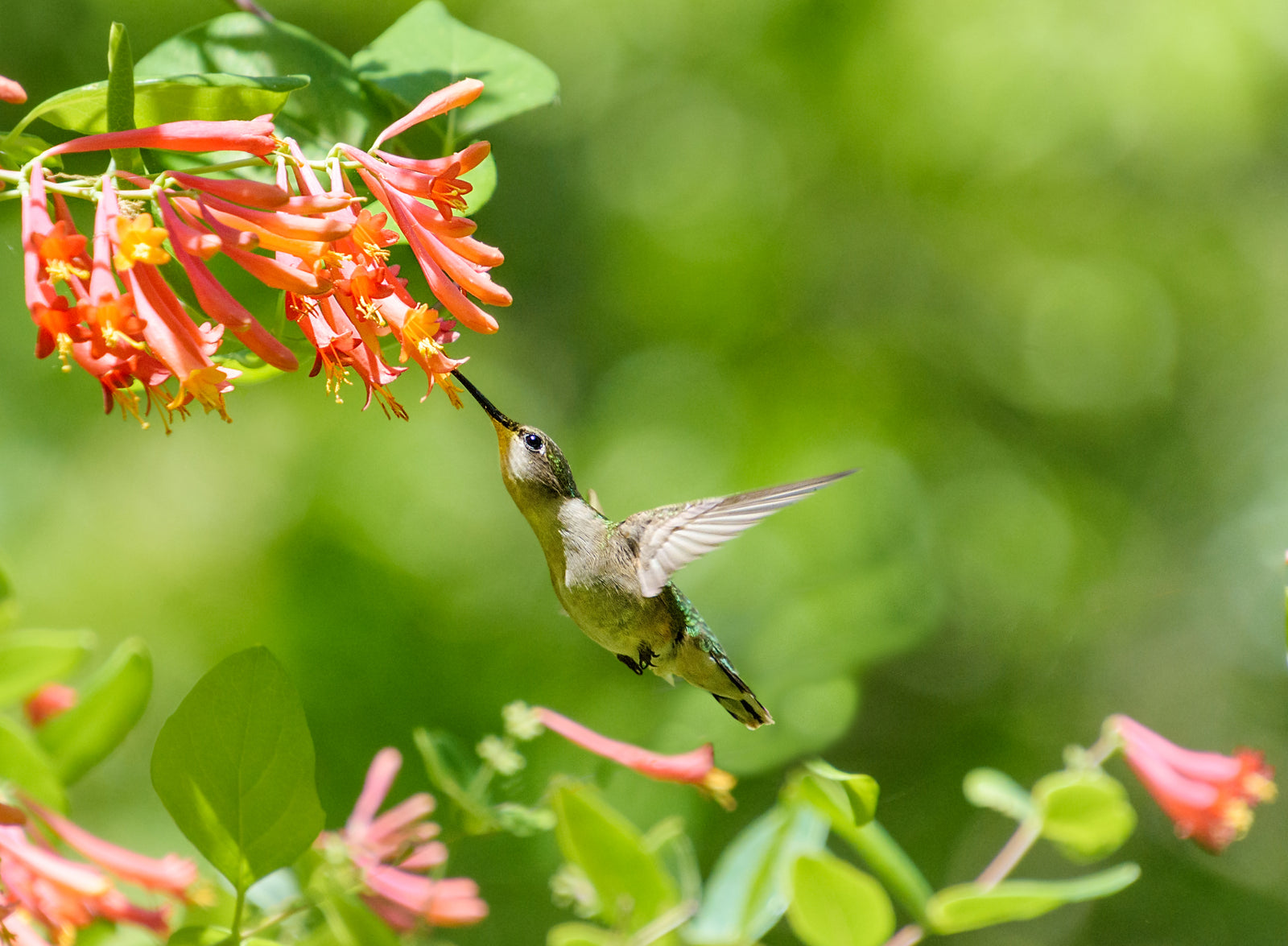
Lonicera sempervirens, commonly known as Trumpet or Coral Honeysuckle, is a non-aggressive climbing vine with coral, orange-red blooms. Bees and hummingbirds are drawn to the flowers' sweet nectar. This Florida native blooms in spring and summer. Depending on how you prune it, it can reach anywhere from 8 to 20 feet, so you will want a trellis, arbor, or fence for it to twine around. Here are some tips for caring for your honeysuckle vine.
Trumpet Honeysuckle Care Overview
- Light: Full or part sun
- Soil: Well-draining
- Water: 4-5 times per week, do not allow to dry out too much
- Fertilizer: 10-30-20 (Try our Flower Power Fuel.)
- Pruning & Maintenance: Plant next to a trellis, arbor, or fence & prune to encourage growth & desired height
- Zone: 5-9
- Goes dormant? Yes
- Winter care: Water 2-3 times per week and protect from extreme temperatures
- Common pests: None
- Toxic to pets? No

Light
Lonicera sempervirens thrives in full sun to partial shade, requiring at least 6 hours of sunlight daily. Ensure that the plant receives adequate sunlight to promote healthy growth and vibrant blooms.
Soil
Well-draining soil is crucial for the health of Coral Honeysuckle. Plant in fertile, loamy soil with a pH level between 6.0 and 7.0. Avoid waterlogged or compacted soil to prevent root rot.
Water
While this vine is drought-tolerant once established, regular watering is necessary during the first growing season. Water deeply but infrequently once planted in the landscape to encourage deep root growth and resilience to dry conditions.

Fertilizer
All fertilizers contain three primary nutrients: (Nitrogen (N), Phosphorus (P), and potassium (K). Honeysuckles generally thrive and flower abundantly with a ratio of 10 Nitrogen (N), 30 phosphate (P2O5), and 20 potash (K2O) along with other micronutrients. We’ve got you covered with our Flower Power Fuel, which contains that exact ratio.
We recommend fertilizing every 14 days in the growing season (spring/summer). Once the cooler temperatures of fall and winter hit, you can take a break from fertilizing as your plant goes dormant.
Pruning and Maintenance
Plant next to a trellis, arbor, or fence and prune to encourage new growth & desired height. Regular pruning is essential to maintain the shape and health of Coral Honeysuckle. Prune in late winter or early spring to remove dead or damaged branches and to promote new growth. Remove any tangled or overcrowded stems to improve air circulation and to keep it under control.
Zone
Honeysuckles grow in zones 5-9. What exactly is a plant zone? The U.S. Department of Agriculture created a resource to help gardeners identify the areas in which plants tend to grow well. The resource is a map of the U.S. divided into zones based on the coldest temperatures for the area. How does that help you? Let’s say you live in Ft. Lauderdale, Florida which is zone 10. If you look at the map you will see that the coldest temperature is typically 30 degrees Fahrenheit. If you buy a plant listed within zone 10, you generally won’t have to do anything to protect it in the winter because it can take temperatures down to 30 degrees. But if you live in Gainesville, Florida (zone 9a), where temperatures sometimes dip down to 20 degrees Fahrenheit, the plant will need a little help from you to stay warm.
Knowing the USDA hardiness zone helps green thumbs like yourself strategize on the best plants to grow in your area. But the good news is that if a plant is outside your zone, all you need to do is provide a little winter protection or grow indoors and your plant will be happy and healthy even though it's outside its normal growing zone.
So as you’re shopping, you may want to Google "your city + USDA hardiness zone” to see what your zone is. If you live outside your desired plant’s zone, plan to cover the plant during temperature extremes or grow in a pot so you can grow it indoors or bring it in temporarily. All of our product pages include the plant’s zone so you can make an informed decision.
Goes Dormant
Fall sweater weather, the scent of cinnamon brooms, and the flavor of pumpkin spice emanating from the kitchen all signal the beautiful autumn leaves 🍁 we all love turning from green to a crispy orange and yellow; we know that although the leaves have fallen, the trees are still alive and well; they’re just hibernating (in plant terms, going dormant) until the spring season brings a wellspring of new life. Regardless of your zone, once temperatures dip below 40 degrees Fahrenheit or so, expect your Honeysuckle to stop actively growing for the season and the leaves may become purple-tinged; this is a totally normal and healthy part of the growth cycle and actually looks quite attractive.
Although this vine is quite cold-tolerant (down to zone 5 or -15 Fahrenheit), dipping well below 40 degrees Fahrenheit will cause the plant to shed its current growth, meaning you may not be able to see any vibrant leaves, but new growth will come with new spring weather. Dormancy (plant lingo for a state similar to hibernation) is an important part of the growing cycle when plants focus on strengthening their root systems instead of creating new growth. They are still healthy, viable plants that will begin growing new leaves in spring when there is more light and warmer temperatures during the day and night.
Winter Care
Compare your city’s USDA plant hardiness zone with the plant’s to see how much cold your Honeysuckle can endure 🥶. If you live outside the zone your plant is listed for, you’ll want to help it keep warm. Here are a few ways to get your Trumpet vine through those chilly temps:
- Mulch well and cover.
- Plant in a pot so you can bring indoors or on an enclosed patio right next to the house.
Your Honeysuckle won't need as much water while it's dormant because it won't have any or much top growth to support. Water lightly 2-3 times per week, allowing it to dry out somewhat between waterings.
Common Pests
The great news about the Trumpet Honeysuckle is that there are no major pests that affect this plant. It's pretty chill and easy-going as long as it has room to vine out and do its thing.
Grow Your Own Trumpet Coral Honeysuckle Vine
Click the picture below to purchase your very own Honeysuckle starter plant from Wellspring Gardens.





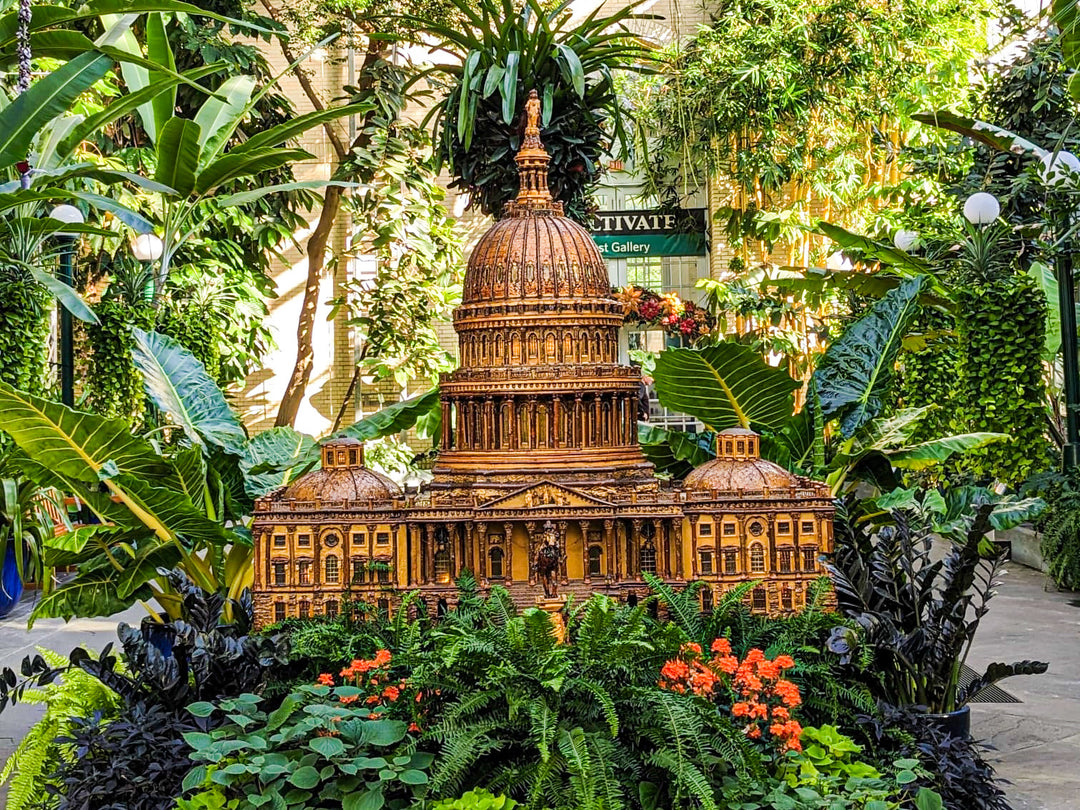
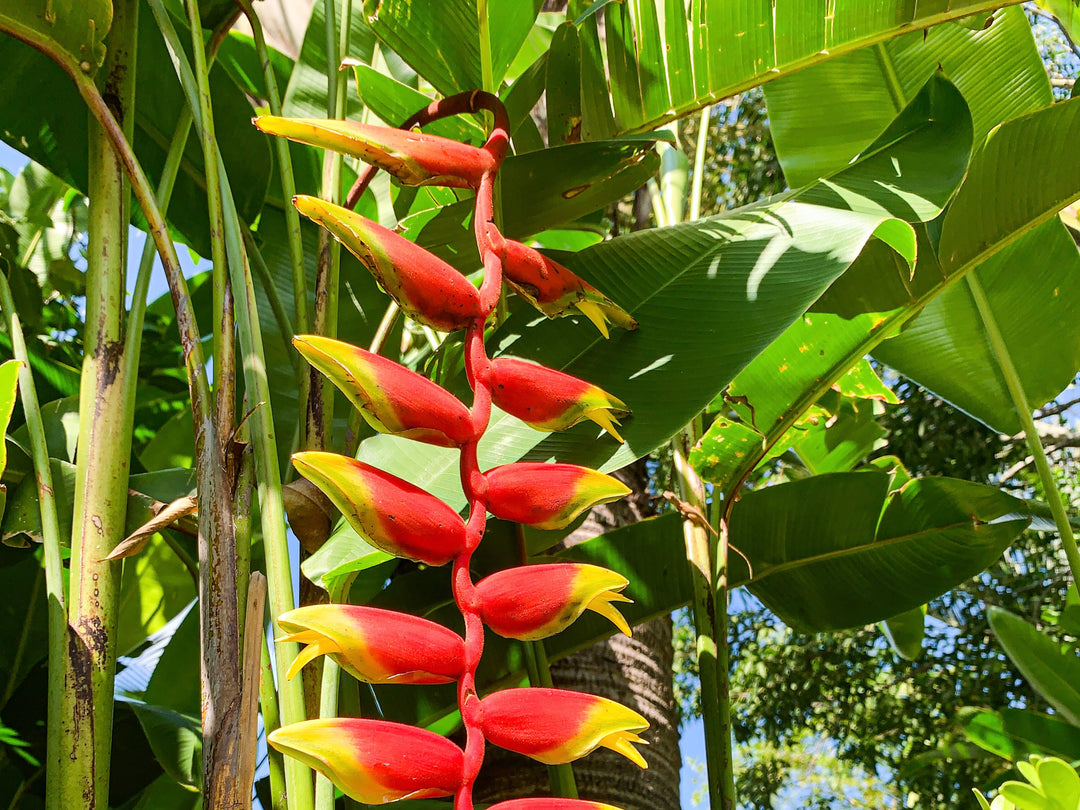
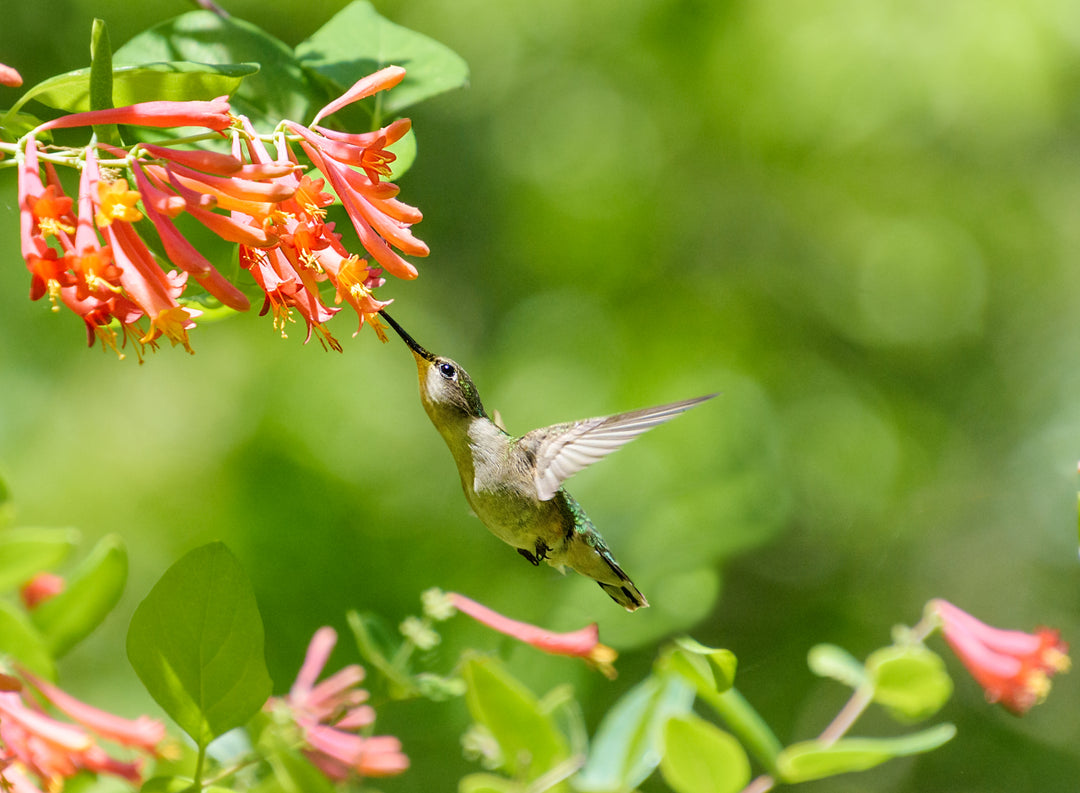
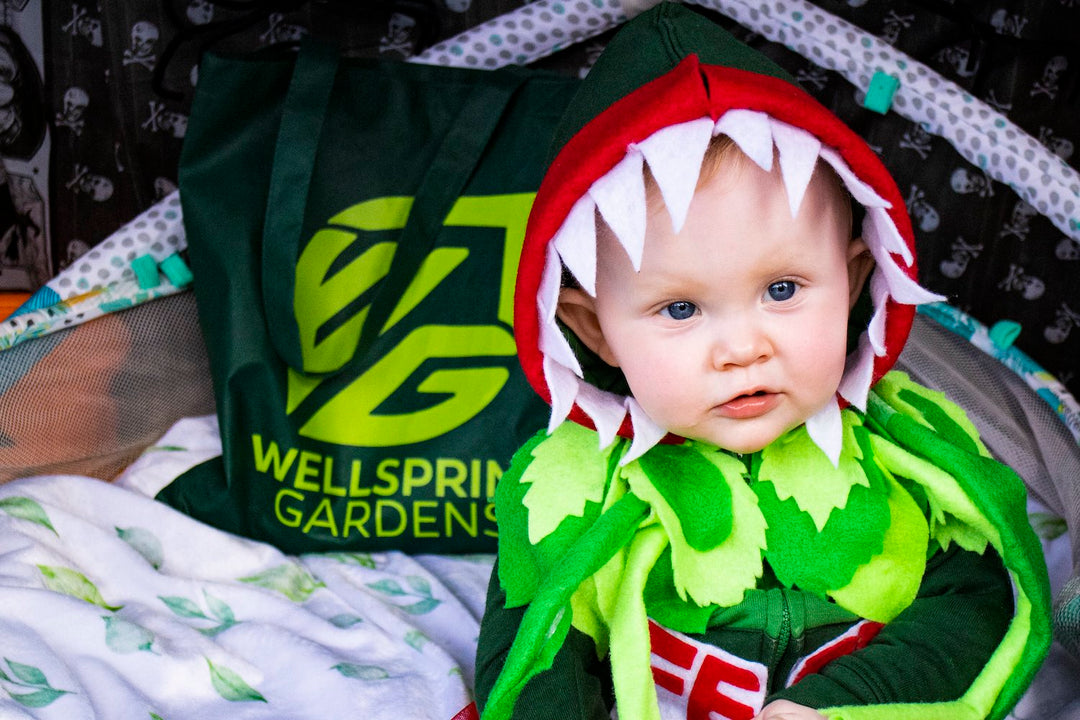
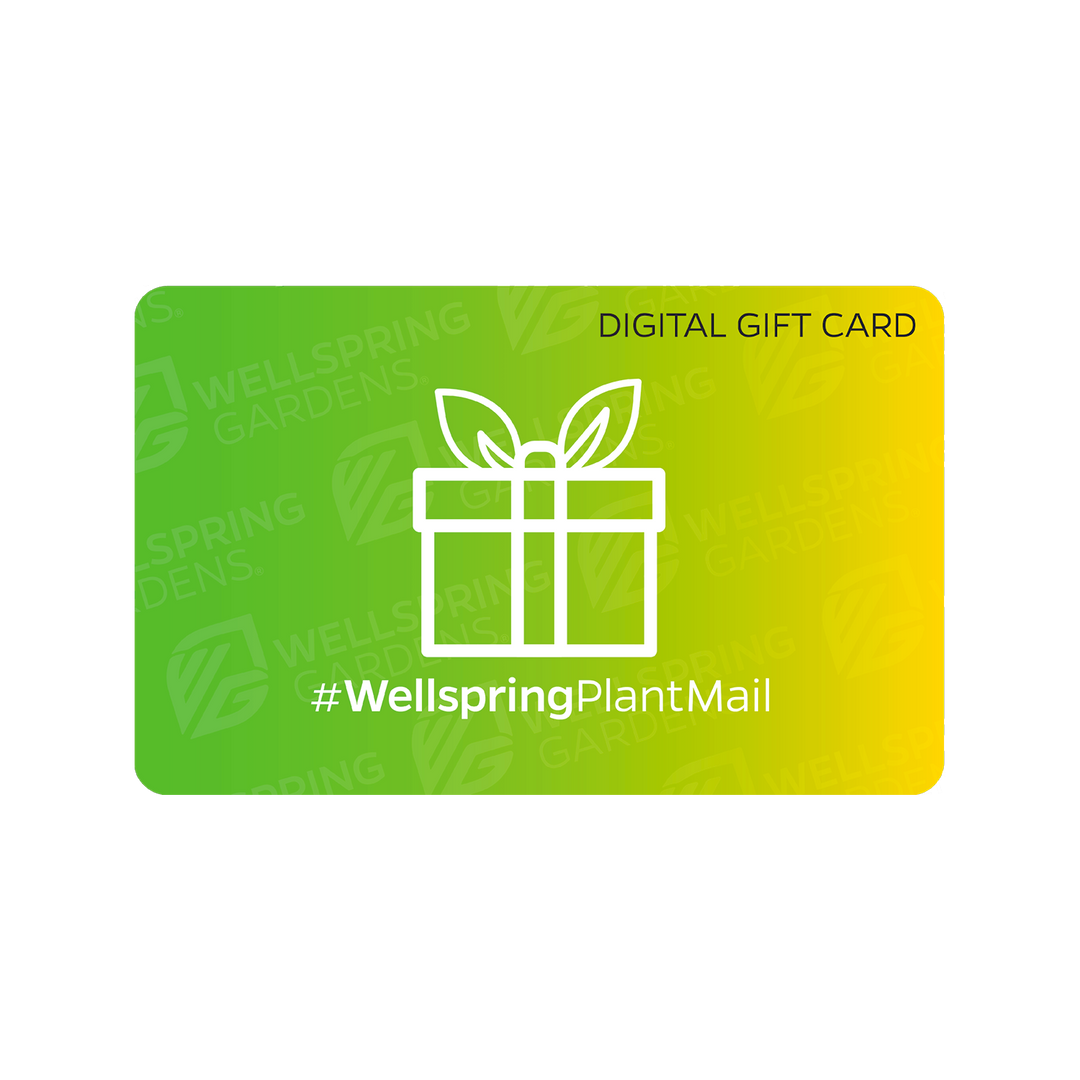
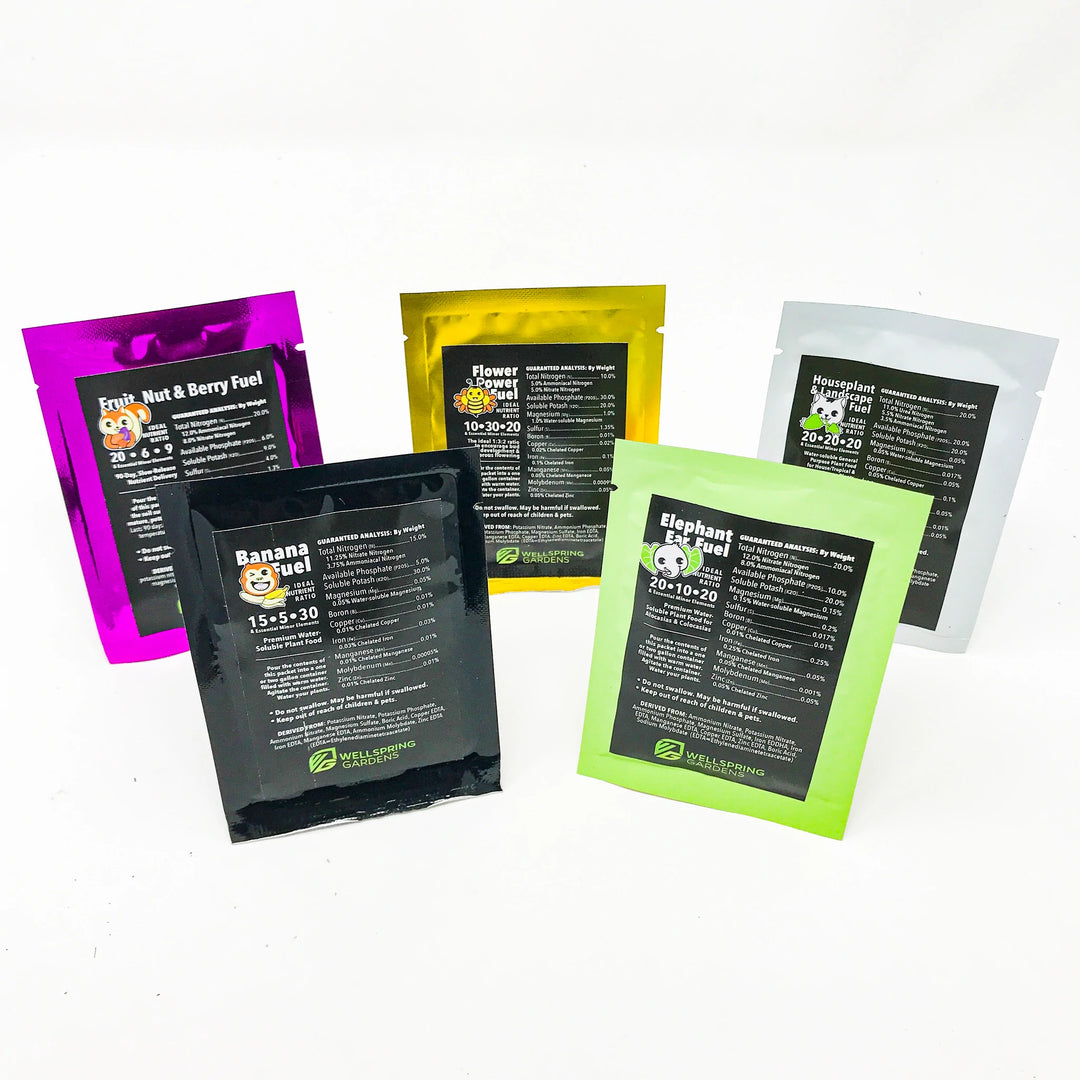
Leave a comment